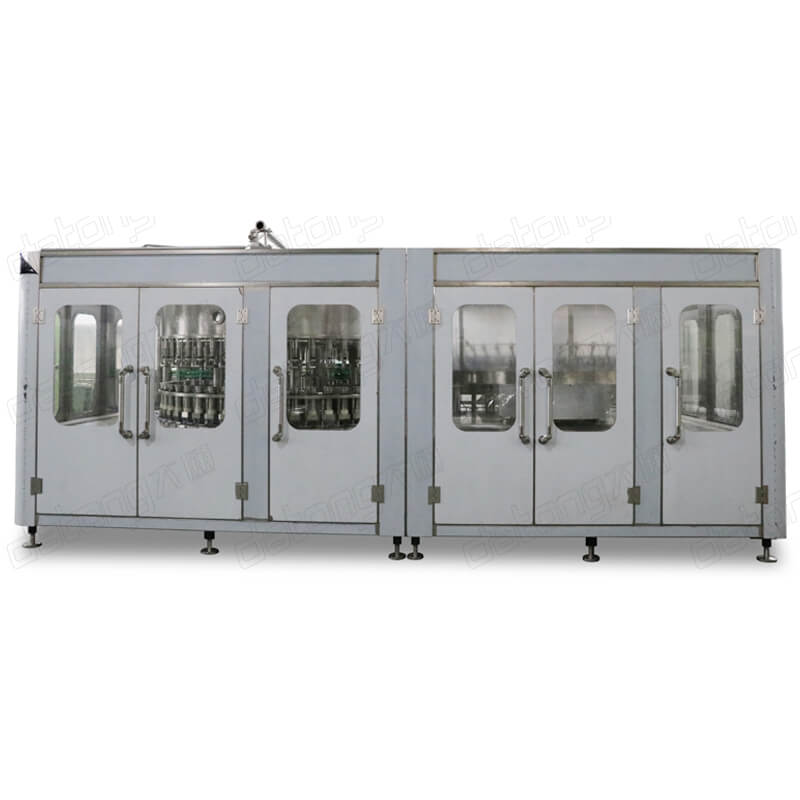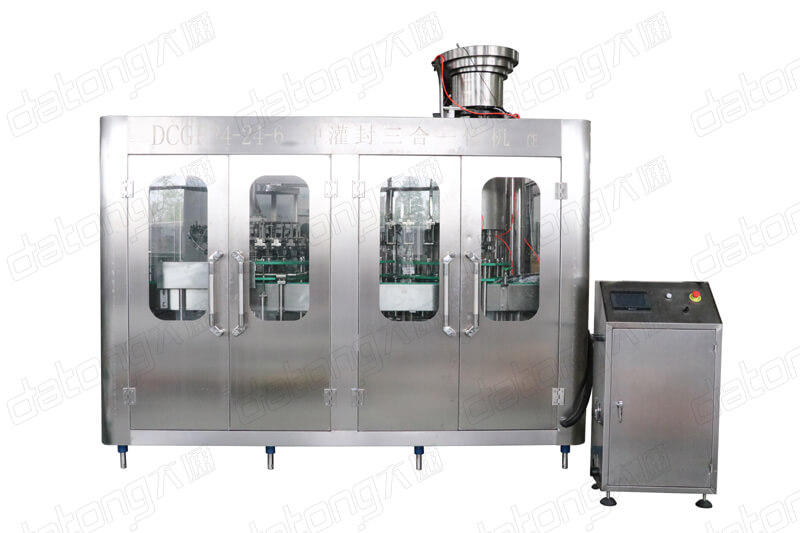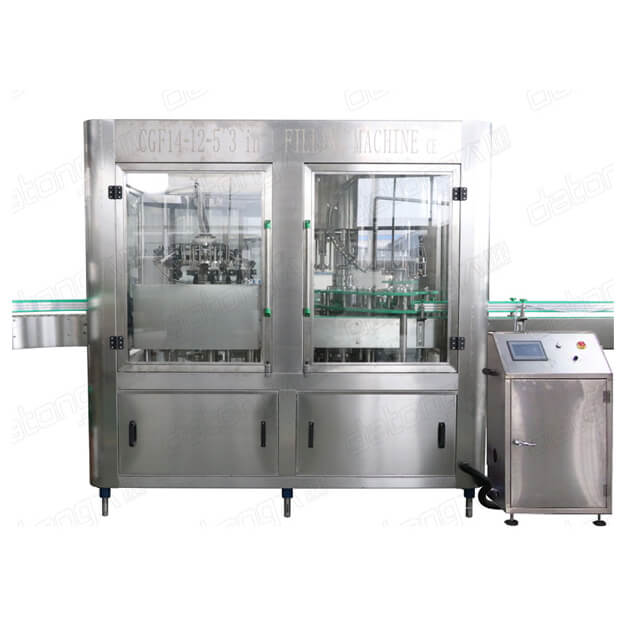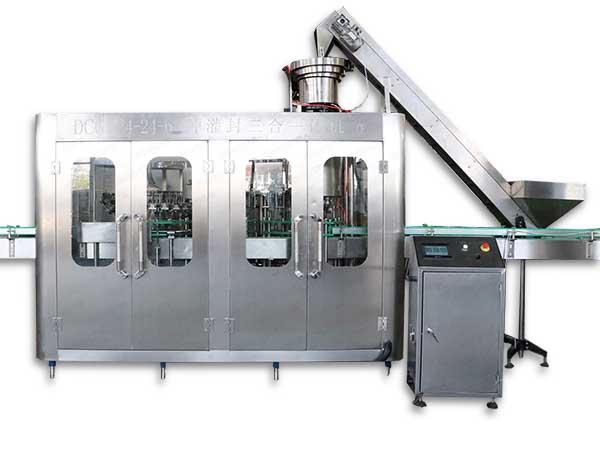Considerations and Common Issues with Glass Jar Twist Caps: An Overview
Views: 89
Author: Site Editor
Publish Time: 2024-09-09
Origin: Site

Key Considerations for Glass Jar Twist Caps
Sealing vs. Ease of Opening
Sealing Effectiveness: A common misconception is that the harder it is to open a jar, the better the seal. In reality, effective sealing should balance security with ease of use. The primary factor in ensuring a good seal is achieving the right level of vacuum inside the jar, not the difficulty of opening it.
Consumer Convenience: Twist caps should be designed to facilitate easy opening without compromising the seal. The goal is to achieve a seal that maintains freshness while also being user-friendly for the end consumer.
Vacuum and Safety Buttons
Safety Buttons: A safety button on a jar cap indicates the presence of a vacuum. However, it is not a foolproof indicator of the correct vacuum level. Changes in altitude or temperature during transportation can affect the vacuum inside the jar. It's essential to ensure the vacuum is maintained throughout the product's lifecycle.
Vacuum Levels: Various twist caps require specific vacuum levels to function correctly. Ensuring the right vacuum is crucial to prevent issues like button rebound or compromised seal integrity.
Seal and Cap Compatibility
Cap Design: Twist caps should fit snugly onto jars, with proper alignment and engagement of the sealing surfaces. Caps must be compatible with the jar's neck design to ensure a consistent and reliable seal.
Cap Materials: The choice of materials for both the cap and its sealing gasket plays a significant role in maintaining the seal. High-quality materials can withstand variations in temperature and pressure.
Common Issues and Solutions
Jar Caps Not Sealing Properly
Problem: Caps may not seal properly due to issues with the sealing machine, incorrect vacuum levels, or poor cap design.
Solution: Regularly calibrate and maintain sealing machines to ensure consistent performance. Verify that the vacuum levels are within the required range and that the caps are compatible with the jars. Check for any defects in cap design or manufacturing.
Difficult to Open Caps
Problem: Consumers may find some caps difficult to open, which can affect user satisfaction.
Solution: Evaluate the cap design for ease of use. Consider features like textured surfaces or ergonomic designs that facilitate easier opening. Ensure that the cap's torque specifications are within acceptable limits.
Cap Integrity Issues During Transport
Problem: Caps may become loose or damaged during transportation, especially if subjected to temperature or pressure changes.
Solution: Implement proper packaging and cushioning to protect jars during transit. Use quality control measures to ensure caps are securely fitted and properly sealed before shipping.
Contamination and Hygiene Concerns
Problem: Contaminants may enter the jar if the sealing process is not properly managed.
Solution: Ensure the filling and sealing environment is clean and hygienic. Regularly inspect and clean filling machines and sealing equipment to prevent contamination.

Enhancing the Sealing Process with Filling Machines
As a manufacturer of filling machines, incorporating advanced technologies can significantly improve the sealing process:
Automated Sealing Systems
Modern filling machines often feature automated sealing systems that ensure precise application of twist caps. These systems can adjust for variations in jar size and cap design, improving sealing consistency.
Vacuum Control
Advanced filling machines can control and monitor vacuum levels more accurately. This ensures that jars are sealed with the appropriate level of vacuum, reducing the risk of seal failure.
Quality Assurance
Implementing quality control measures, such as automated inspection systems, can detect issues with caps or jars before they reach consumers. This includes checking for proper sealing, cap alignment, and vacuum levels.
Conclusion
Glass jar twist caps are a critical component of packaging in the food and beverage industry. Ensuring effective sealing while maintaining ease of use is essential for both product quality and consumer satisfaction. By addressing common issues and leveraging advanced filling technologies, manufacturers can enhance the performance of glass jar closures and deliver high-quality products to the market.









